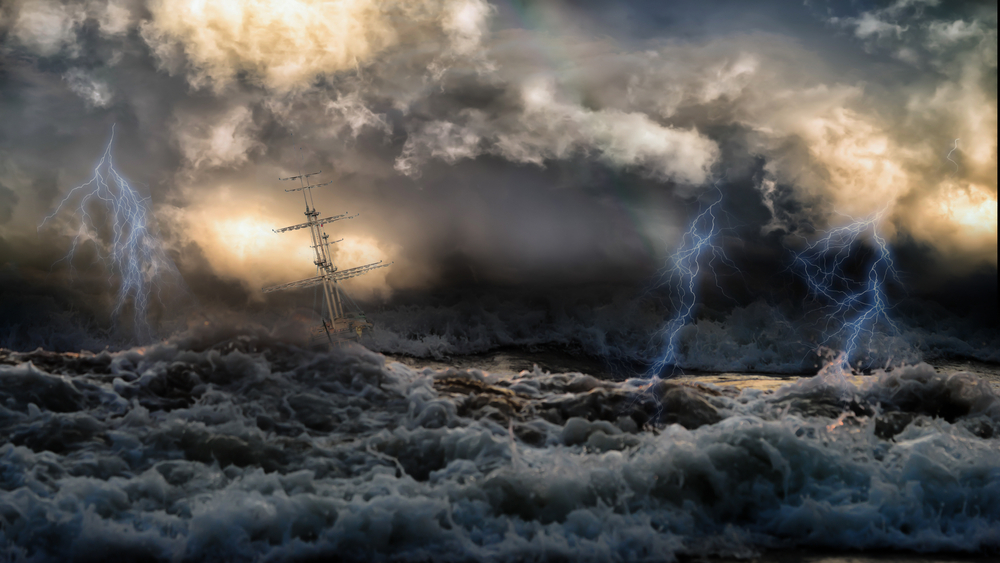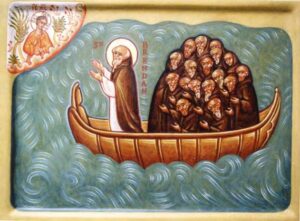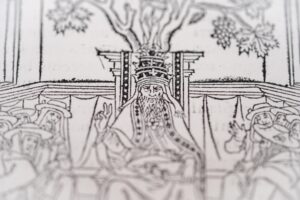In 1980, 19-year-old Peter Lambert was working aboard the MV Derbyshire, one of Britain’s largest ships, transporting several thousand tons of iron ore from Japan. It was supposed to be his final trip on the high seas. He was already thinking about his life after this voyage, preparing for another job and planning to marry his childhood sweetheart.
Instead, the ship disappeared in a treacherous body of water called the Devil’s Sea.
Local fishermen and the Japanese government call it ma no umi, meaning “the sea of troubles.” For centuries, those who don’t respect it have risked catastrophe.
Off the Pacific coast of Japan, roughly 1,000km south of Tokyo, the Devil’s Sea is close to the island of Miyake in the Philippine Sea.
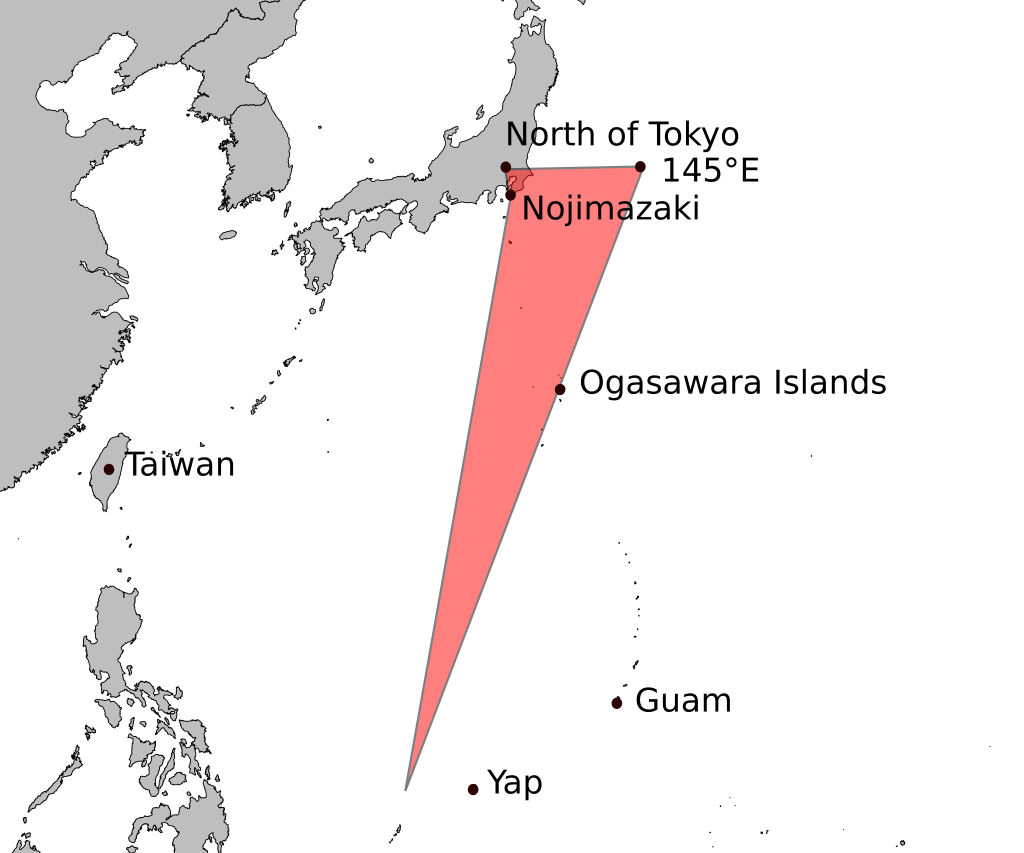
The approximate area of the Devil’s Sea. Photo: Emok Onhigan/Wikimedia Commons
When you try researching this area, there is scant information. The Devil’s Sea is significantly less well-known than its counterparts, such as the Bermuda Triangle, the Alaska Triangle, and the Bennington Triangle.
The sea that saved Japan
The Devil’s Sea was key to one of Japan’s most significant battles. Between 1274 and 1281, Kublai Khan (grandson of Genghis Khan) sought to expand the Mongolian Empire and conquer Japan. Japan was rich in gold and had great trading power in East Asia. Kublai Khan was also a prideful man who felt slighted when Japan rejected Mongolian ambassadors. After conquering much of China and Korea, he wanted to add Japan to his collection.

Kublai Khan’s fleet met its doom in the Devil’s Sea.
But a sudden burst of devastating weather, which the Japanese call “divine winds,” destroyed Kublai Khan’s invasion force.
The defeat went down in Japanese history as a work of divine intervention. The typhoon appeared suddenly and was powerful enough to sink over half of Kublai Khan’s fleet. The failed invasion force had been sailing along the western edge of the Devil’s Sea.
The Japanese were not the only ones who believed that something dangerous and supernatural lurked in the water here. Chinese mythology speaks of dragons at the bottom of the Devil’s Sea. Supposedly, these dragons stirred up unusual storms, waterspouts, violent currents, whirlpools, and rogue waves.
Over the centuries, fishermen reported glowing lights and water bubbling and spewing wildly. They claimed to see serpent-like creatures the size of boats. In the 1800s, sailors claimed to see a woman sailing a ghost ship.
More disappearances
In 1944, pilot Toshiaki Lang saw odd shapes over the water during a battle. Lang claimed to see a serpent with a long, winged body that poked from the water.
Between 1952 and 1954, five vessels went missing in the Devil’s Sea. The Japanese government designated the area a danger zone.
One of the most famous incidents occurred in 1952. Japanese research ship Kaiyo Maru No. 5, carrying 31 crew, was completing oceanographic studies in the area when it disappeared without a trace. An extensive search turned up no wreckage, and the ship did not send any distress signals. As a result, Japanese authorities further limited ship traffic in this area.
An unofficial (and unconfirmed) statistic from paranormal writer Charles Berlitz claims that the Devil’s Sea killed 700 people between 1952 and 1954.
On March 22, 1957, a U.S. flight left Micronesia for Tokyo with 67 military personnel on board. The nine-hour flight was routine, with clear weather and extra fuel onboard. For the first eight hours, everything proceeded as planned, but the aircraft never arrived.
In 1980, the MV Derbyshire met its end in the Devil’s Sea while sailing from Canada to Japan. A powerful typhoon had developed off the coast of Japan, and although the ship was well-equipped to handle severe weather, the Derbyshire sent a final distress signal and then vanished.
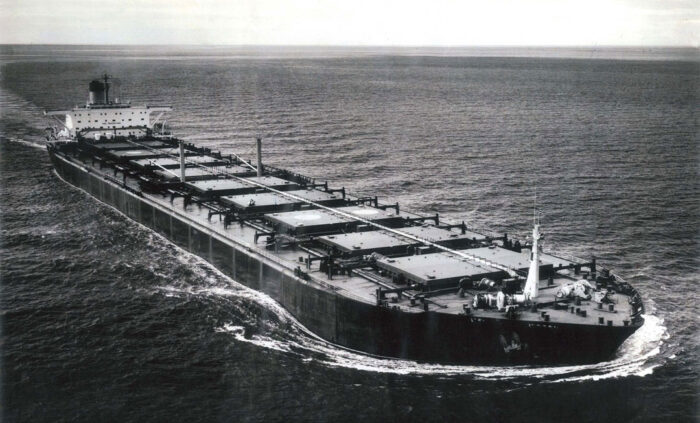
The ‘MV Derbyshire.’ Photo: National Museums Liverpool
Authorities searched unsuccessfully for six days. Eventually, the 44 crew members were given up for dead.
In 1994, the wreckage was located at the bottom of the Pacific by shipwreck hunter David Mearns and his team. Their inspection revealed that the ship had likely sunk after a catastrophic structural failure caused by the violent storm. The tragedy led to significant changes in maritime safety regulations, particularly concerning ship design.
Explanations
A Nov. 11, 1952 newspaper report from The Canberra Times reported on one of the 1950s incidents:
United States Navy hydrophones on the California coast recorded the eruption of a Japanese volcano so clearly that scientists believe they know when it destroyed the Japanese hydrographic vessel, the Kaiyo Maru. The Kaiyo Maru was dispatched to study the Myojin Island eruption. It vanished with 31 people on board on September 24. The hydrophone graphs of sound waves carried through the ocean showed that at 12:20 pm, there was a tremendous explosion.
The Kaiyo Maru was investigating a newly formed volcanic island. By the time it arrived, the island had disappeared. The area was still tectonically active, and an underwater eruption likely destroyed the vessel.
The Devil’s Sea lies within the Pacific Ring of Fire, a hotbed for volcanic activity, and a volcanic eruption can create powerful shock waves that can damage or destabilize a ship. Underwater eruptions, especially those involving the collapse of volcanic material or large explosions, generate massive waves or tsunamis. These waves can be large enough to overwhelm ships, capsize them, or cause severe damage.
Methane hydrates may have also played a role. Methane hydrates are crystalline compounds in which methane gas is trapped inside a lattice of water ice. These hydrates typically occur on the ocean floor, especially in areas of high pressure and low temperature, such as deep-sea environments. Methane hydrates are stable only under certain pressures and temperatures. If seismic activity changes these conditions rapidly, released methane can lead to rapid changes in water density and buoyancy. It can also cause turbulent currents that ships can’t escape.
Vile vortices
“Vile vortices” is a pseudoscientific term referring to areas where strange or unexplained phenomena are said to occur. The term was coined by biologist Ivan T. Sanderson. He speculated that these areas were mysterious/paranormal places where unusual weather patterns or magnetic anomalies occur. Sanderson believed there are 12 vile vortices on Earth. These included the Bermuda Triangle, the Devil’s Sea, and the Great Pyramid of Giza.
Magnetic anomalies could explain navigational difficulties reported by sailors.
Conclusion
Writer Larry Kushe, who wrote extensively about the Bermuda Triangle, had this to say about the Devil’s Sea:
The story is based on nothing more than the loss of a few fishing boats 20 years ago in a 750-mile [1,200km] stretch of ocean over a period of five years. The tale has been reported so many times that it has come to be accepted as fact.
The most simple explanations are usually the correct ones. A combination of bad luck and volatile geography is most likely to blame for the fearsome reputation of the Devil’s Sea.
